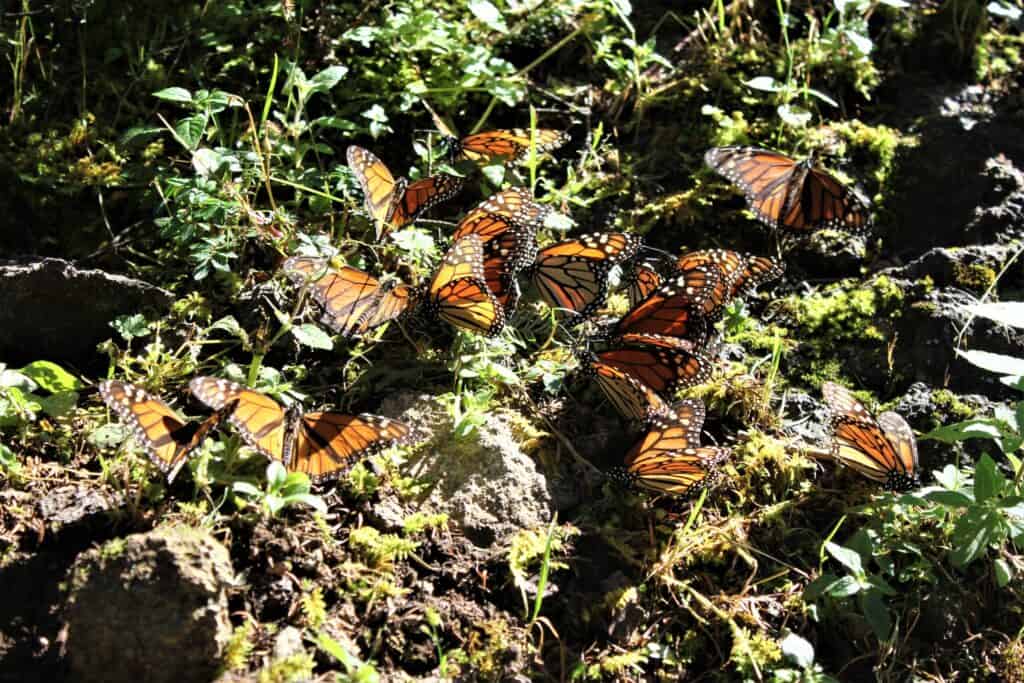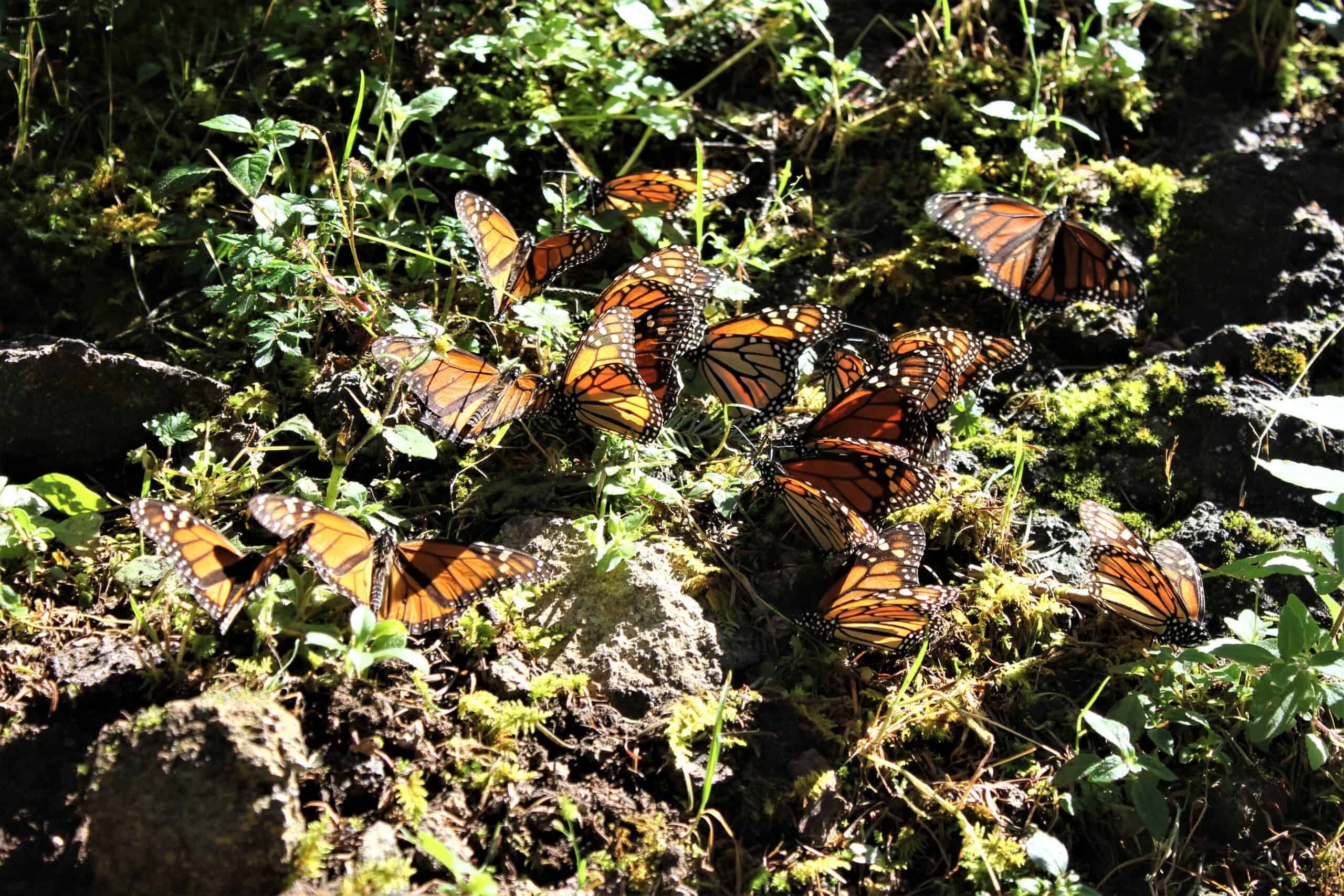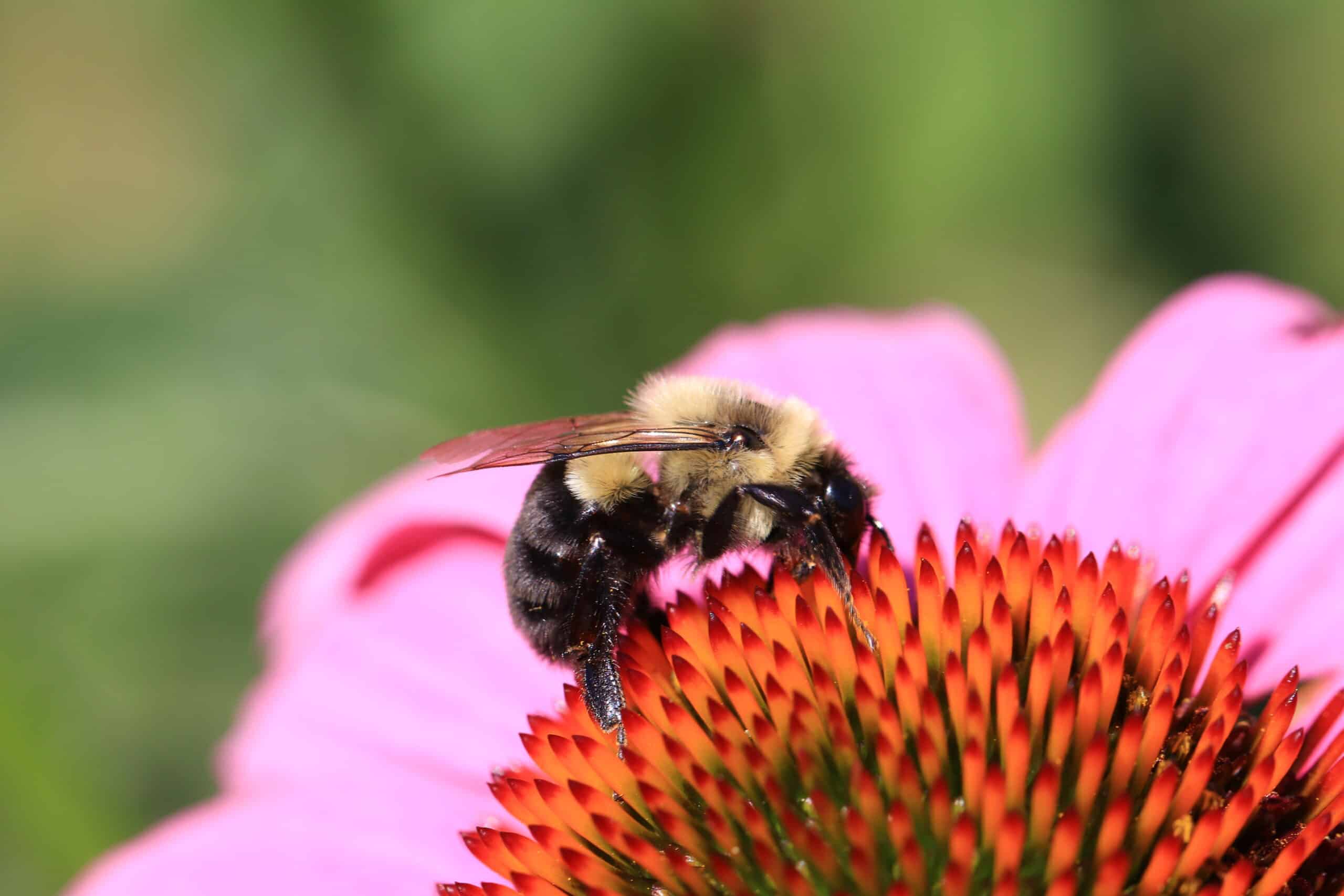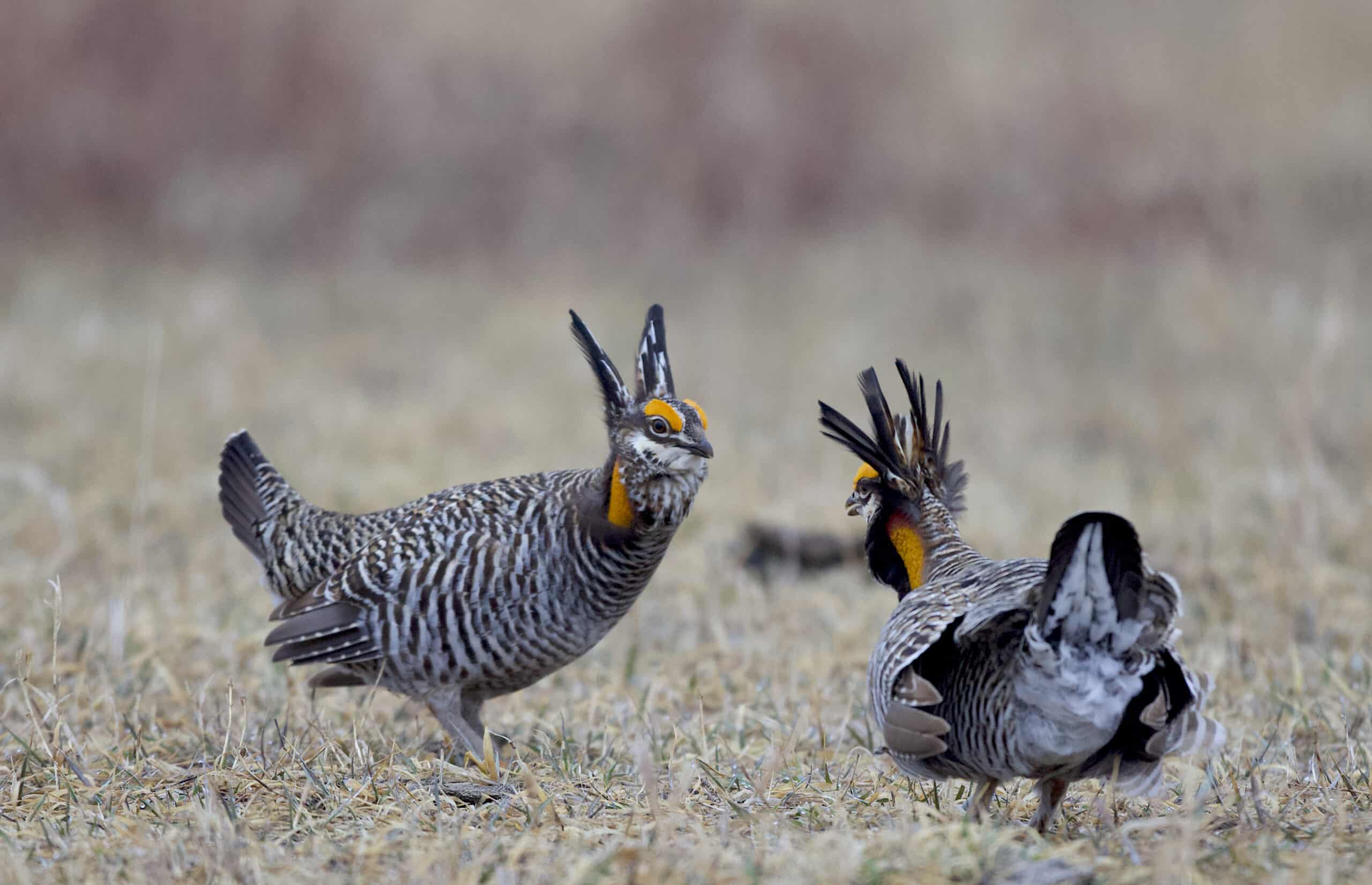Share this article
Wildlife Featured in this article
- Monarch butterfly
Monarch butterflies are losing their migration
Some things people are doing to help the butterfly may actually be hurting it
Fewer monarch butterflies are successfully migrating from the U.S. and Canada to Mexico, and scientists believe it is likely not due to climate change.
Scientists—and the public—have been documenting fewer of the butterflies in their overwintering sites in Mexico, while some scientists posit the populations have remained fairly steady in their breeding areas. Researchers wondered what was causing this decline during migration, and many pointed to the lack of milkweed.
“Milkweed. That’s the only thing people have been thinking,” said Andy Davis, an assistant research scientist at the University of Georgia’s Odum School of Ecology. “And a lot of that attention to milkweed was because of some earlier studies in the last 10 years seemed to show some problems or some limitations in the numbers and the amount of milkweed in the breeding range.”
But Davis and his colleagues wanted to delve deeper into what was driving the monarch (Danaus plexippus) migration declines, especially with a U.S. Fish and Wildlife Service listing decision on the species looming in December. He led a study published in Proceedings of the National Academy of Sciences using citizen science data to determine if temperature, precipitation, greenness and other climatic factors were associated with fewer monarchs in the overwintering range.
The team collected 17 years of data from Journey North, an organization that uses citizen science sightings to track wildlife migration patterns. Every night on their southern migration in the fall, monarch butterflies stop to rest in trees and bushes, often in large numbers. Citizen scientists counted the monarchs as part of the project.

The researchers analyzed this data and found that monarch roosts had been declining over time. They found “dramatic declines” in abundance over time in the entire flyway, said Jordan Croy, a postdoctoral associate at the University of Georgia’s College of Agricultural and Environmental Sciences and a co-author of the study. He also determined that the declines occurred more rapidly the farther south he looked.
Then the team wanted to see what might be causing the declines. They looked at temperature, precipitation and habitat availability through a measure of greenness and found that the monarchs were actually benefiting from some of the “hallmarks of climate change like rising temperatures and longer growing seasons,” Croy said. “But despite that, the overall dramatic declines that we were finding persisted.” Davis added that there was also no evidence of the butterflies shifting their migration timing.
However, other researchers contest that breeding season habitat loss is a main reason for the declines—and that the butterflies are not as abundant in their breeding grounds as some might think. “We documented a decline [in monarchs] and attributed that decline to the application of glyphosate to genetically modified, herbicide-tolerant corn and soy which removed well over a billion stems of milkweed from the North Central U.S. landscape,” said TWS member Wayne Thogmartin, a research ecologist with the U.S. Geological Survey.
But Davis suspects the reasons for monarchs dropping off during their migration have to do with problems in the individual butterflies’ ability to migrate based on actions humans are taking. One factor he points to as a potential driver is an increase in vehicles striking butterflies. Another possibility he said is that some things people are doing to save monarchs are actually causing them problems.
When people plant nonnative milkweed, those plants could potentially be spreading parasites to the insects, which can hinder their migration success, Davis said. In addition, people who captive rear monarchs may also be hurting their chances at successful migrations once they release them into the wild. “All three of these things are human-caused, people thinking they’re helping,” Davis said.
Thogmartin acknowledged these threats are present, but he believes the problem is larger than that. “I don’t dispute that at all, but I don’t think that that’s the principal driver [of declines],” he said.
While Davis said that monarchs seem to rebound in the spring despite losses along their journey, Thogmartin believes the butterflies must be declining throughout their range, since it’s impossible to make a recovery in spring in equal measure to the decline caused in fall.
“We have rebutted the idea that monarchs are stable in the breeding grounds and only declining in winter,” Thogmartin said. “This [decline in monarch migration success] over time is simply a reflection of the fact that the overall population has declined, as evidenced by the decline in the overwinter population,” he said. He believes a flaw in the breeding season research lies in the methods of how citizen science data are collected—citizen scientists go where they can readily observe butterflies, not in corn and soy which were once favored breeding habitat of monarchs. “The inferences he’s making from those breeding season data are biased and flawed,” he said.
Regardless, the two researchers believe there are still ways to help conserve the species. Thogmartin suggests pollinator-friendly plantings and holding onto good habitat, while Davis is for a much more hands-off approach. “It’s more about what we should stop doing,” he said. “Stop with the captive rearing; stop planting the milkweed,” he said.
Header Image: Monarch butterflies are declining in their overwintering ranges. Credit: Charlie Marchant








